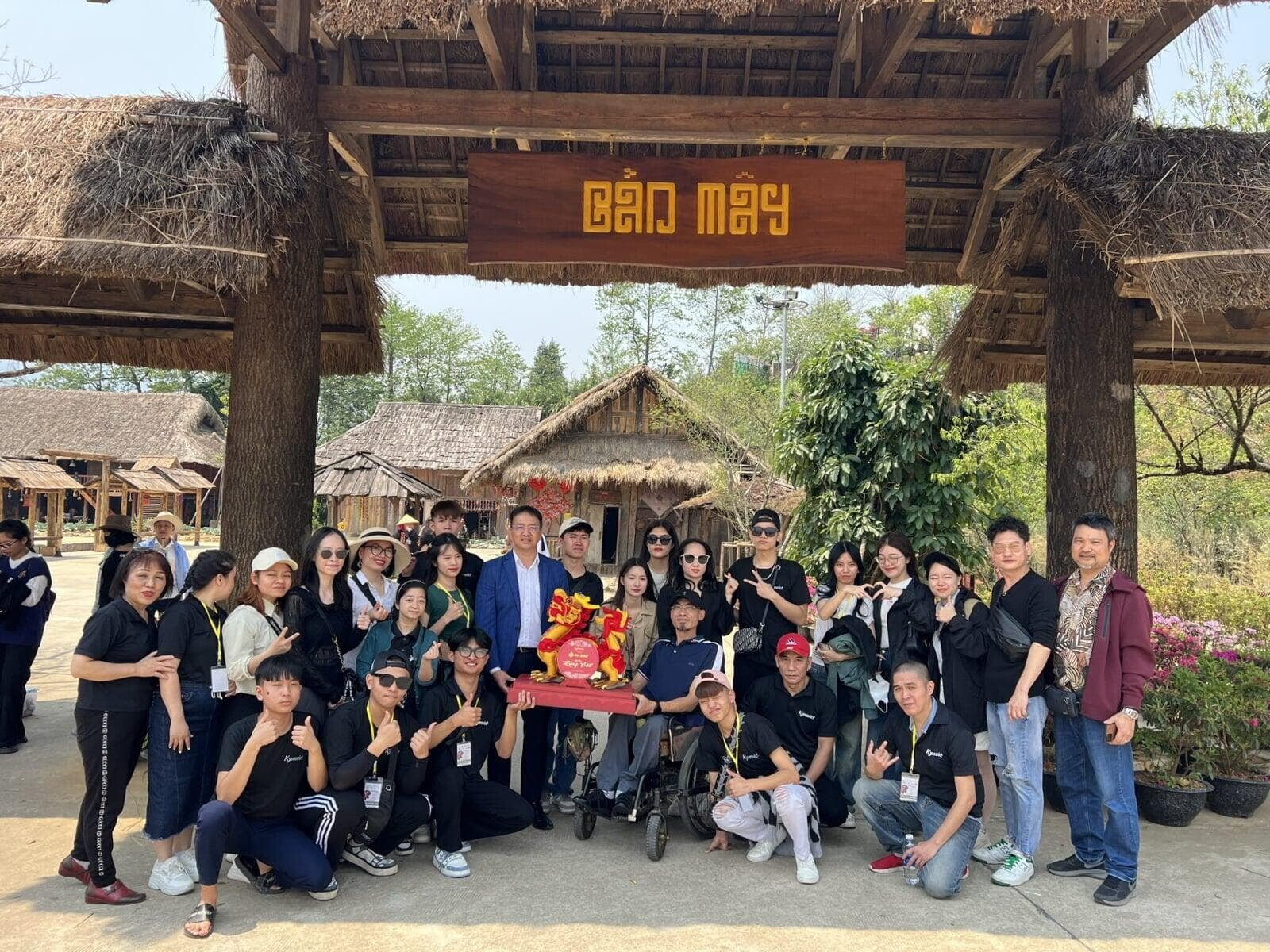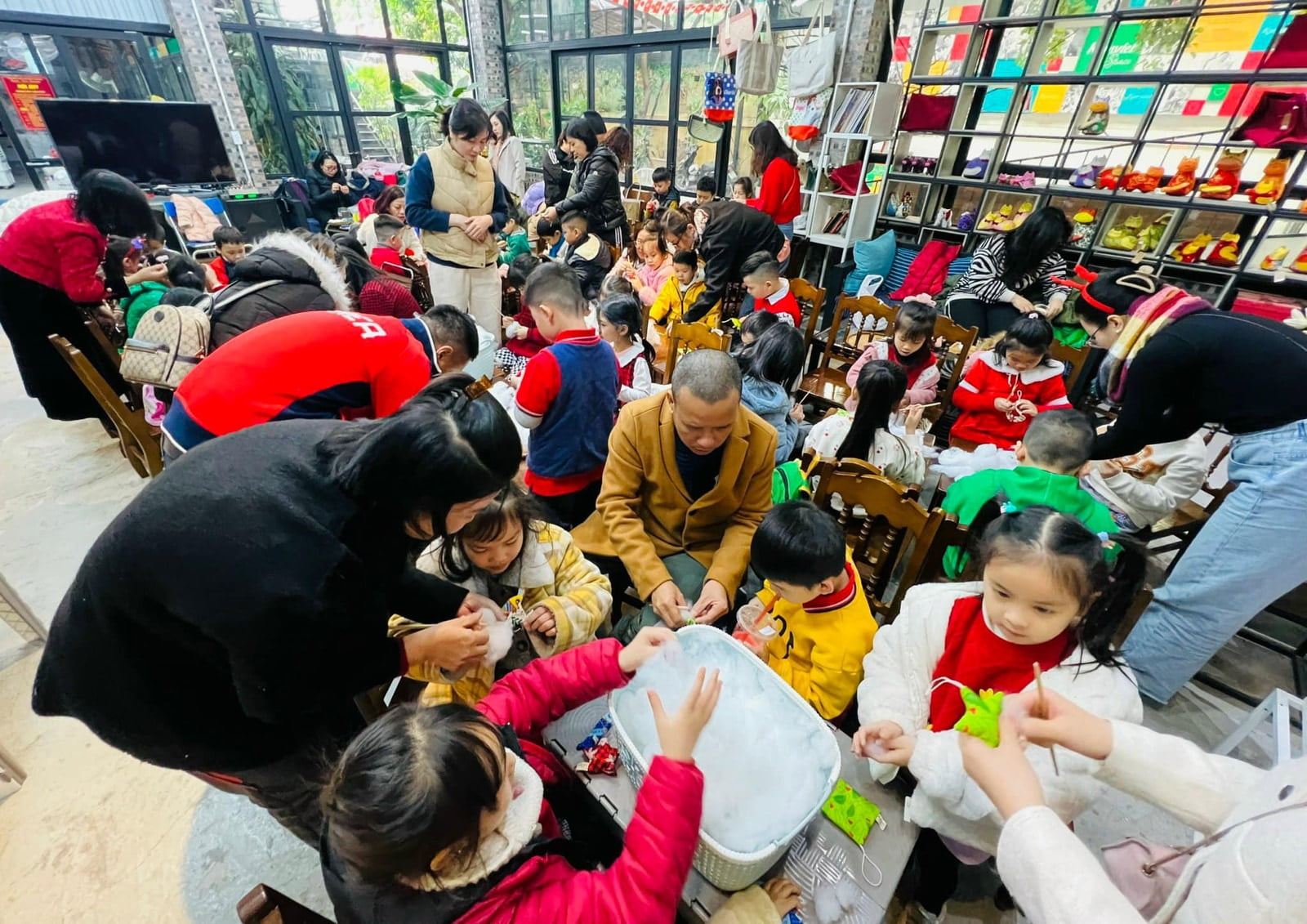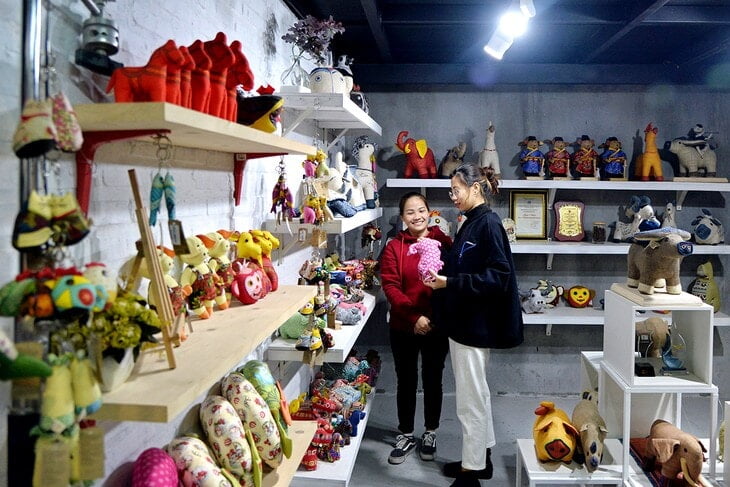Community-based tourism is a form of travel that involves the active participation of local communities in the tourism supply chain and management. This model is developed based on the inherent cultural values of the community and is operated and organized by the local people themselves
Specifically, tourists have the opportunity to experience the local way of life, staying in homestays, immersing themselves in daily activities, and participating in local cultural events. This also provides an opportunity for tourists to learn about and explore the local culture, traditions, and unique characteristics of the destination.
Community-Based Tourism in Vietnam
Community-based tourism in Vietnam is emerging as a new travel trend and is gaining popularity among tourists. Many regions in Vietnam, such as the Northwest, Central Highlands, and Mekong Delta, have successfully developed this model. The revenue generated from community-based tourism not only helps local people increase their income and achieve sustainable economic development but also contributes to the conservation of local resources and heritage.

What are the fundamental principles of community-based tourism?
Specifically, the fundamental principles of community-based tourism include social equity, respect for local culture and heritage, and local ownership and participation.
· Social Equity: Community members participate in the planning, implementation, and management of tourism activities within their community. Moreover, the participation of the local community in the preparation, implementation, and organization of tourism activities is emphasized. A characteristic of community-based tourism is that economic benefits are shared equally, not only for travel agencies but also for community members.

Respect for Local Culture and Natural Heritage: Most tourism activities have both positive and negative impacts on local communities and the natural environment. It is crucial to respect local cultural values and the natural environment through the active engagement of all stakeholders in the local tourism industry to maintain the local social structure. Therefore, communities must not only recognize their responsibilities and roles in providing successful tourism experiences but also understand the positive and negative impacts of tourism activities on them and their natural environment in the absence of proper planning or management.
· Benefit Sharing: Sharing the benefits of community-based tourism requires that the community receives benefits similar to those of other relevant stakeholders. Typically, revenue from tourism activities is shared among all participants, with a portion set aside to contribute to a community fund. This fund can be used for purposes such as reinvesting in infrastructure, such as bridges, roads, or for other community benefits like education and healthcare.
Local Ownership and Participation: Successful community-based tourism models effectively leverage the resources and knowledge of the local community to achieve tourism outcomes. Therefore, the participation of the local community from planning to implementation and evaluation is crucial in maximizing local participation and ensuring local ownership.
The Role of Community-Based Tourism
Community-based tourism is a popular and trending form of travel, with great potential for development. Therefore, this type of tourism plays several specific roles:
- Raising Community Awareness: This form of tourism helps improve people's awareness of preserving heritage, ecosystems, and protecting the environment. Moreover, it helps communities enhance their skills, expertise, and awareness of resisting inappropriate foreign trends.

- Preserving Cultural Identity and Nature: It can be said that community-based tourism is the best solution to preserve, maintain, and develop the cultural identity and nature of a nation. Because this form of tourism operates based on local cultural values and uses local services. This contributes to strengthening the role in preserving cultural identity and, at the same time, promoting the development of traditional professions.
- Creating Jobs and Increasing Income for Local People: This form of tourism also contributes to creating jobs and income for local people. From there, it ensures balance and sustainable economic development, especially in ethnic minority areas, remote and mountainous regions.
Connecting Tourists and Locals
Through shared, authentic experiences, tourists and locals can forge stronger connections. This fosters a sense of familiarity among tourists as they gain a deeper understanding of the local culture, people, and way of life. Meanwhile, locals feel a sense of pride in sharing aspects of their community.

Impacts of Community-Based Tourism
While community-based tourism offers numerous benefits, it can also have some negative impacts on local communities. These impacts are detailed below:
Positive Impacts
- Reducing unemployment: By creating job opportunities, especially in remote and rural areas.
- Developing the local economy: Through the provision of services and the sale of local products to tourists, generating revenue from these resources.
- Prioritizing investment: Community-based tourism destinations often receive preferential treatment in terms of investment, infrastructure, and support from government agencies and non-governmental organizations.
- Expanding markets: Providing a market for local products, goods, and services.

Types of Community-Based Tourism in Vietnam
Vietnam boasts a diverse range of landscapes, from fertile deltas to majestic mountains, and a rich cultural tapestry woven from the unique traditions of 54 ethnic groups. These factors create favorable conditions for the development of various forms of community-based tourism:
Ecotourism
This is a form of tourism based on nature, closely linked to local culture, and with community involvement for sustainable development. Accordingly, when participating in ecotourism, tourists have the opportunity to learn about the culture and explore the landscapes and environments of the local area.
Cultural Tourism
Cultural tourism is a type of tourism that exploits the history, archaeology, and culture of a locality. When choosing this form of tourism, tourists will be guided by tour guides to learn about the unique culture of the region, know about heroic historical events, famous religious sites, or archaeological artifacts preserved from ancient times of that region.
Agricultural Tourism
Agricultural tourism is based on agricultural production activities. Accordingly, tourists will visit agricultural areas such as farms, orchards, etc., to experience practical activities with local people. These places will develop many corresponding services to meet the needs of tourists according to the community-based tourism model.
Ethnic and Indigenous Tourism
This form of tourism is directly managed and operated by local people or ethnic minority people. Accordingly, the key and most important factor to attract tourists to visit and experience is the unique local cultural features.
Village Tourism
Village tourism is a form of community-based tourism where tourists can visit traditional villages or craft villages in Vietnam to experience rural life. Here, tourists will live together and experience the traditional work of local people.

Arts and Crafts Tourism
Arts and crafts tourism is a form of travel that allows visitors to experience and learn about arts and crafts. This typically involves activities such as visiting cultural heritage sites, arts and crafts centers, handicraft workshops, or participating in hands-on craft workshops. In recent years, both domestic and international tourists have shown a growing interest in community-based tourism experiences at social enterprises, workshops producing handicrafts, and businesses utilizing natural, traditional materials that reflect regional cultural identity. Moreover, tourists participating in this type of tourism can experience a sense of human connection as they immerse themselves in the lives and work of people with disabilities or those who are disadvantaged in society. Kym Việt (a business by and for people with disabilities) is a prime example of such a model that has attracted significant interest and experiences from both domestic and international tourists.
------------------
KYMVIET is a social enterprise specializing in manufacturing and supplying handmade products: ✔️ Stuffed animals, ✔️ Stuffed gifts, ✔️ Mascots, ✔️ Yearbooks, ✔️ Symbols are made of cotton fabric created by disabled artisans containing meticulousness, sophistication, and traditional Vietnamese cultural identity.



